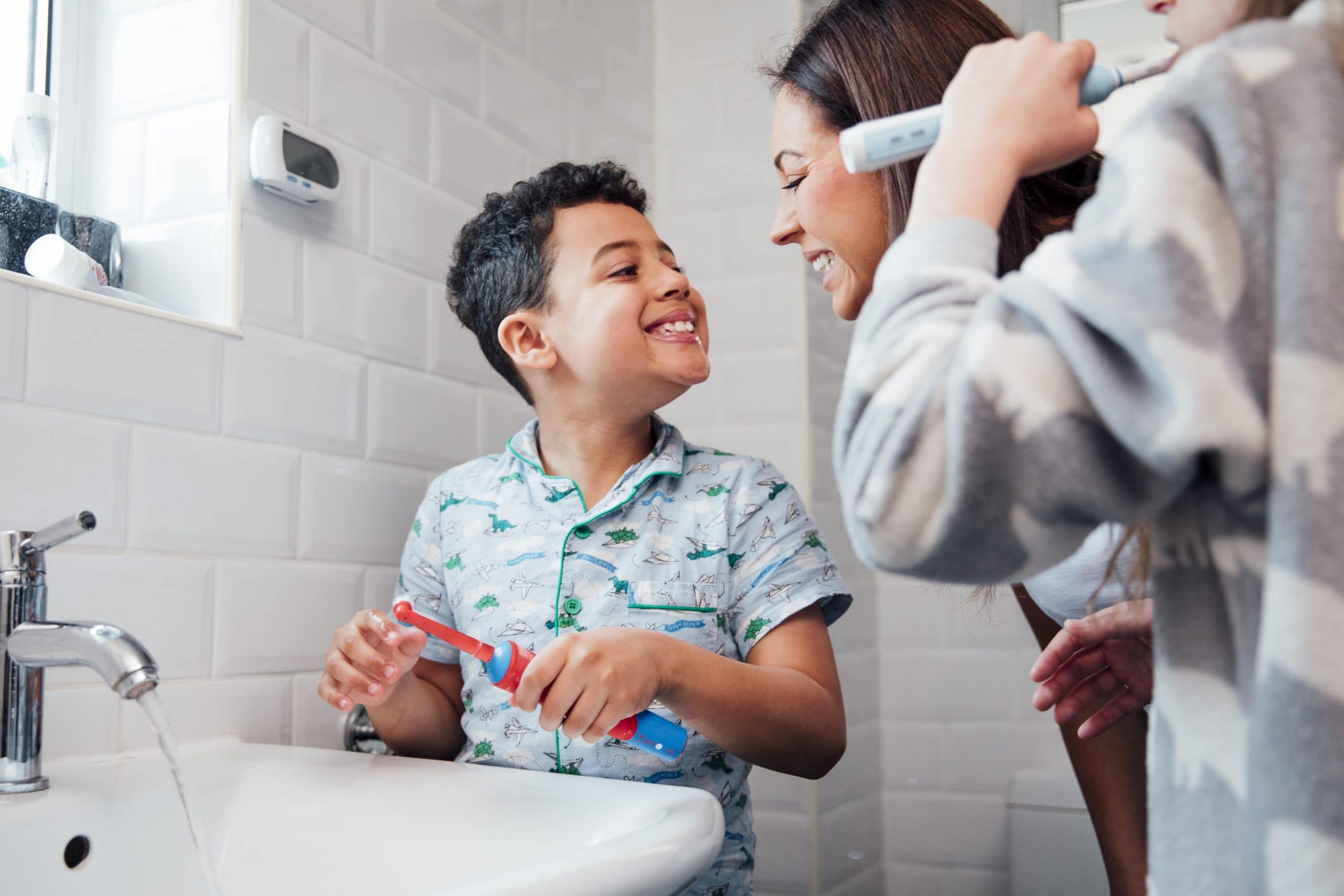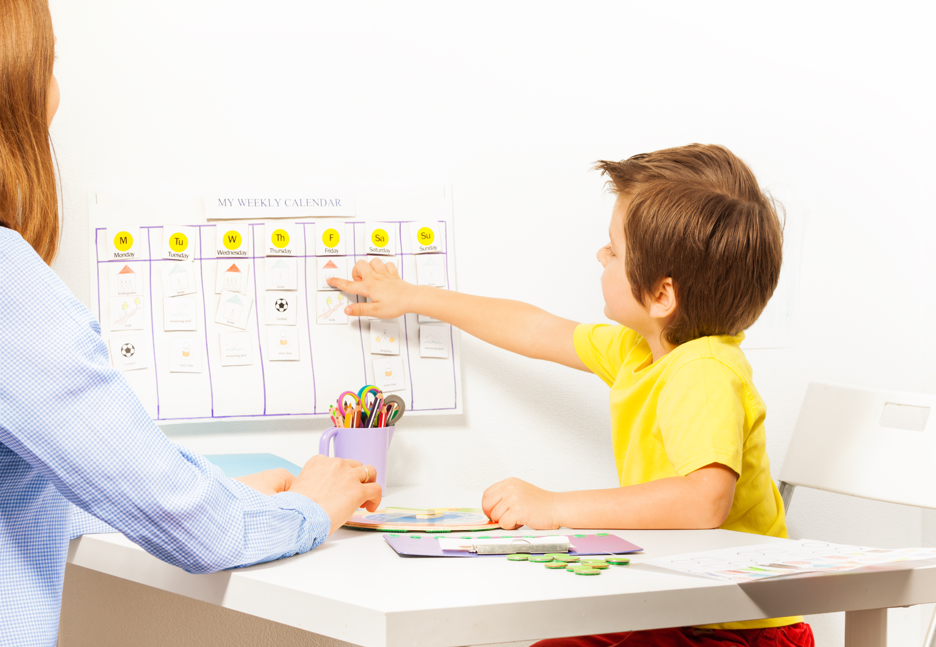In this series, we began by sharing ways to figure out the motivations behind your child’s behavior. Then, we offered some strategies we’ve found effective for dealing with the behavior itself—including preventing it in the first place. The “First/Then” approach, known in the child development world as the Premack Principle is an effective way to motivate kids to engage in activities they’d rather not do, such as washing their hands or completing homework assignments.
The First/Then Approach
According to child development experts, it’s possible to motivate your child to do an activity they don’t like very much, as long as they know they can do something they love afterwards. You can use “First/Then” statements to tee up a reward to encourage children.
For example, if a child knows they have to complete their homework before they can play at the park, that can motivate them to get the homework done efficiently. You can say, “First, do your homework; then, you can play at the park.”
Other examples include: “When you have finished your math worksheets, you can play video games.”; “First, come on a walk with us; then you can watch TV.”; and the tried and true: “First, finish your dinner, and then you may have dessert.”
Boost the Effectiveness of First/Then Statements
A few things to know about this approach: It’s most useful for tasks that have a clear beginning and end, like nightly homework, a walk, or a meal (versus a long-term school project or preparation for a piano recital).
Another tip: Try different formats. Our examples thus far have been verbal statements, but what about trying a visual? You could use a whiteboard, photos, or even a “house rules” poster.

When there’s an activity on the schedule that’s not a favorite, you can set a timer for it and offer a favorite activity right afterwards. For example, if your child needs to do a school assignment and is feeling reluctant, you could set a 15-minute timer and let them read a favorite book after they’ve worked intently for 15 minutes.
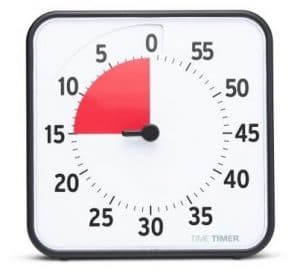
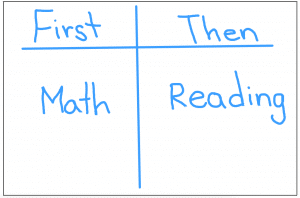
You can also increase buy-in by having your child help to select the activities. This combines the power of the Premack Principle with the power of offering choices. For instance, if you’re trying to increase your child’s repertoire of play activities, offer a choice of the “First” activities. These may be toys or play activities that your child does not yet seek out independently (e.g., legos or puzzles). Also offer a choice for the preferred play activity that will be available afterwards (e.g., Playdoh or painting). Some children may benefit from having the selection process be physically interactive. Your child could select and place the objects left to right on a table, or they could select photos or other picture presentations of the activities and place them on a “First/Then” board.
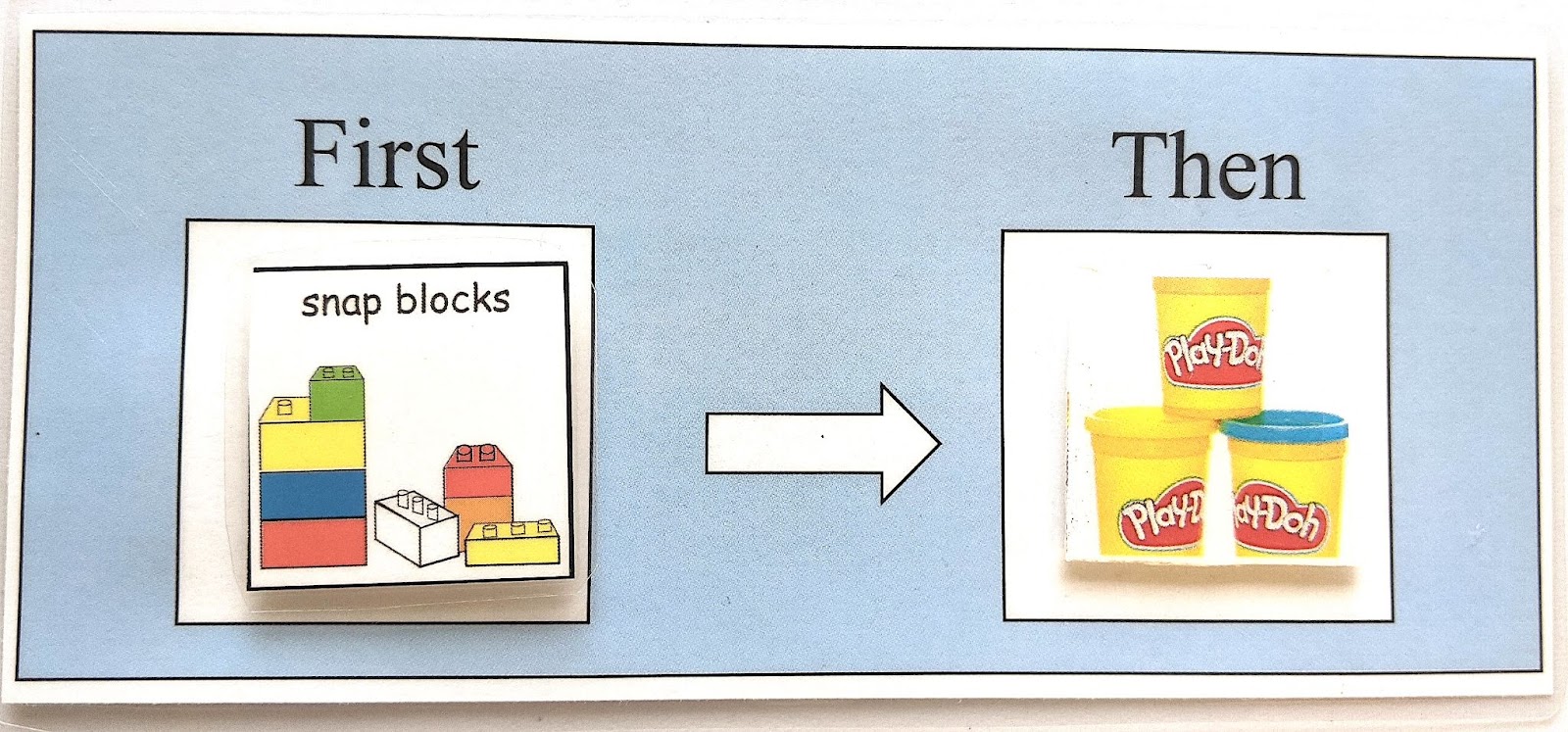
Main Takeaways
The First/Then approach is a structured way to help children who resist completing certain tasks get through them, often happily. It’s easy to implement and effective. In our next post, we’ll talk about another constructive way to tackle challenging behavior.
Download free printable visual strategies including a first/then board.
If you are looking for more quick tips on how to use ABA strategies at home visit our Youtube channel.
You can also find more articles on a variety of ABA strategies here.

